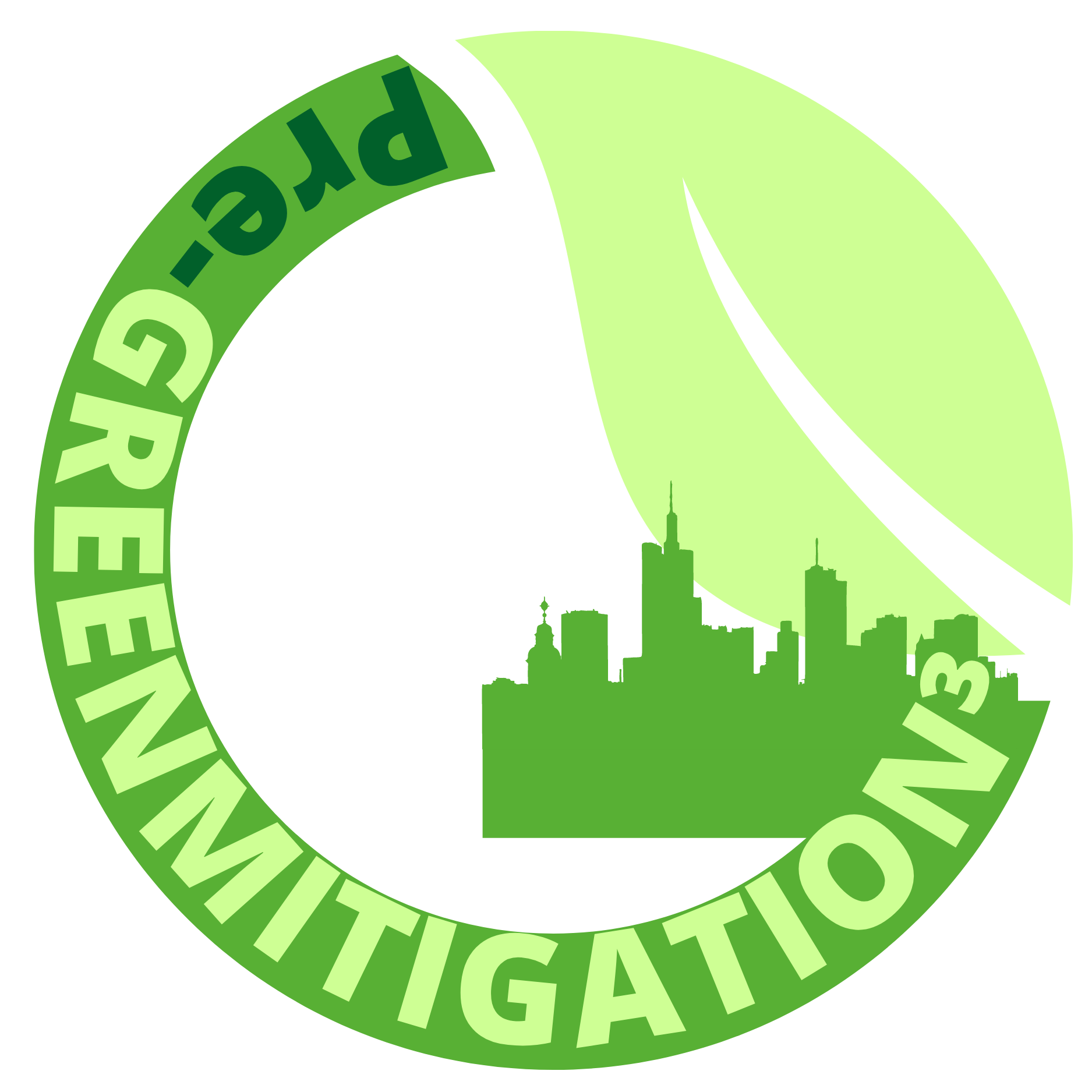
One of the main consequences derived from the rapid and intensive urbanization process in recent years is the intensification of the aggravating factors of urban air quality. According to the World Health Organization (WHO), 91% of urban inhabitants breathe polluted air. This situation has led WHO to review in 2021 the Air Quality Guidelines to protect human health updating the 2005 air quality standards on the basis of systematic review of the latest scientific evidence. However, in this context towards air pollution mitigation, bioaerosols (including fungi, pollen, bacteria or viruses) have not been given equal consideration. Although it is known that pollen concentrations are the highest in the atmosphere boundary layer (ABL), the processes of vertical dynamics that pollen undergoes once released have not yet been studied in depth.
In urban environments, the diseases associated with pollen in the atmosphere can be aggravated, since in addition to there being diverse sources of allergen emissions, interactions with other non-biogenic pollutants can be established and be subject to urban microclimate conditions. Numerous studies highlight the unequal distribution of pollutants in different areas of the city conditioned by the urban structure (density of urbanization, building height, extension of green surface) or the intensity of the emission source. Therefore, the characterization and quantification of pollen variability at suburban scale is essential to know all the particular influences of the urban morphology on the local pollen content. Moreover, aspects such as the effect of meteorological variables on pollen concentrations and the response of different species to climate change need further research. Recent studies reveal the highest correlations between pollen and non-biogenic pollutants, reinforced by the upward trend that O3 and NO2 have experienced in the last years. Therefore, close inhabitants in those areas where interactions between different types of biogenic and non-biogenic pollutants and local surface meteorological variables may occur can be exposed to greater risk.
Many of these problems have been aggravated by lack of (or inadequate) planning, and by the climate change, which is intensifying the occurrence of extreme biogenic and non-biogenic pollutant events with the consequent risk for the population. In this context, the reinforcement of the Urban Green Infrastructure (UGI) and the management of green spaces currently available stand out as one of the most effective Nature-Based Solutions for the mitigation of air pollution and the impacts of climate change, particularly in compact Mediterranean cities. One of the best measures to quantify the benefits and ecosystem services provided by the UGI is obtaining data through monitoring. Thus, the continuous monitoring of biogenic/non-biogenic pollution is one of the best approaches to (i) estimate its impact on air quality, (iii) know its impact on the population’s health, and (iii) verify the effectiveness of the UGI as a mitigation measure. This highlights the value of modelling for studying the transport of pollen and their application as forecasting tools. However, no model evaluations have been performed at suburban scale yet.
Pre-GREENMITIGATION3 is developed in the urban environment of Granada. The specific objectives (SOs) of this project are:
SO#1. Determination of the role of vertically-resolved atmospheric phenomena (turbulence, thermal inversions, atmospheric stability) promoting high surface pollen levels
SO#2. Improvement of pollen forecast systems using machine learning techniques
SO#3. Development of nature-based solutions for mitigating and adapting urban living labs to climate change
Task#1: Role of vertically-resolved thermodynamic properties on near-surface pollen concentrations
Task#2: Role of vertically-resolved turbulent properties on near-surface pollen concentrations
Task#3: Short-range forecast of relevant pollen concentrations by machine learning
Task#4: Definition and implementation of nature-based solutions for mitigation and adaptation to climate change
Task#5: Dissemination
Andújar-Maqueda, J., P. Ortiz-Amezcua, P. Cari˜nanos, J. Abril-Gago, C. de Linares, G. Arruda-Moreira, J. A. Bravo-Aranda, M. J. Granados-Mu˜noz, L. Alados-Arboledas and J. L. Guerrero-Rascado, Agricultural and Forest Meteorology, 371, 110584, 1-14, https://doi.org/10.1016/j.agrformet.2025.110584, 2025.